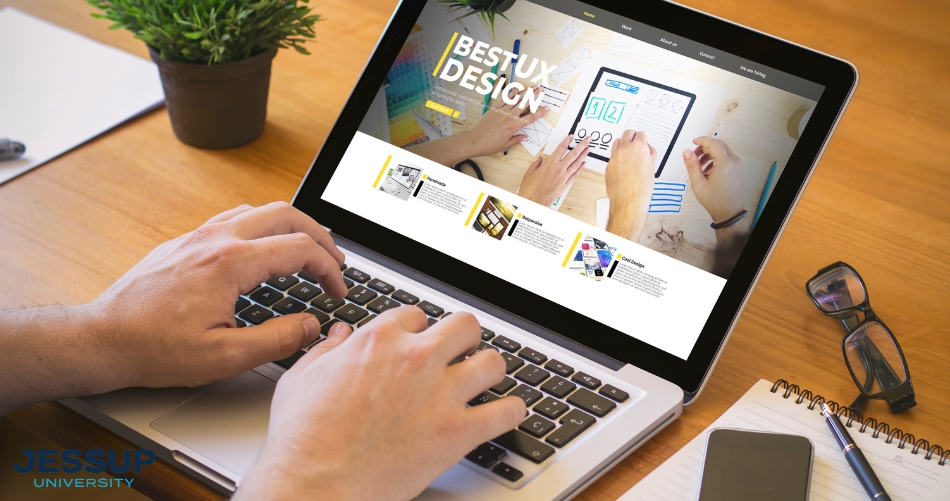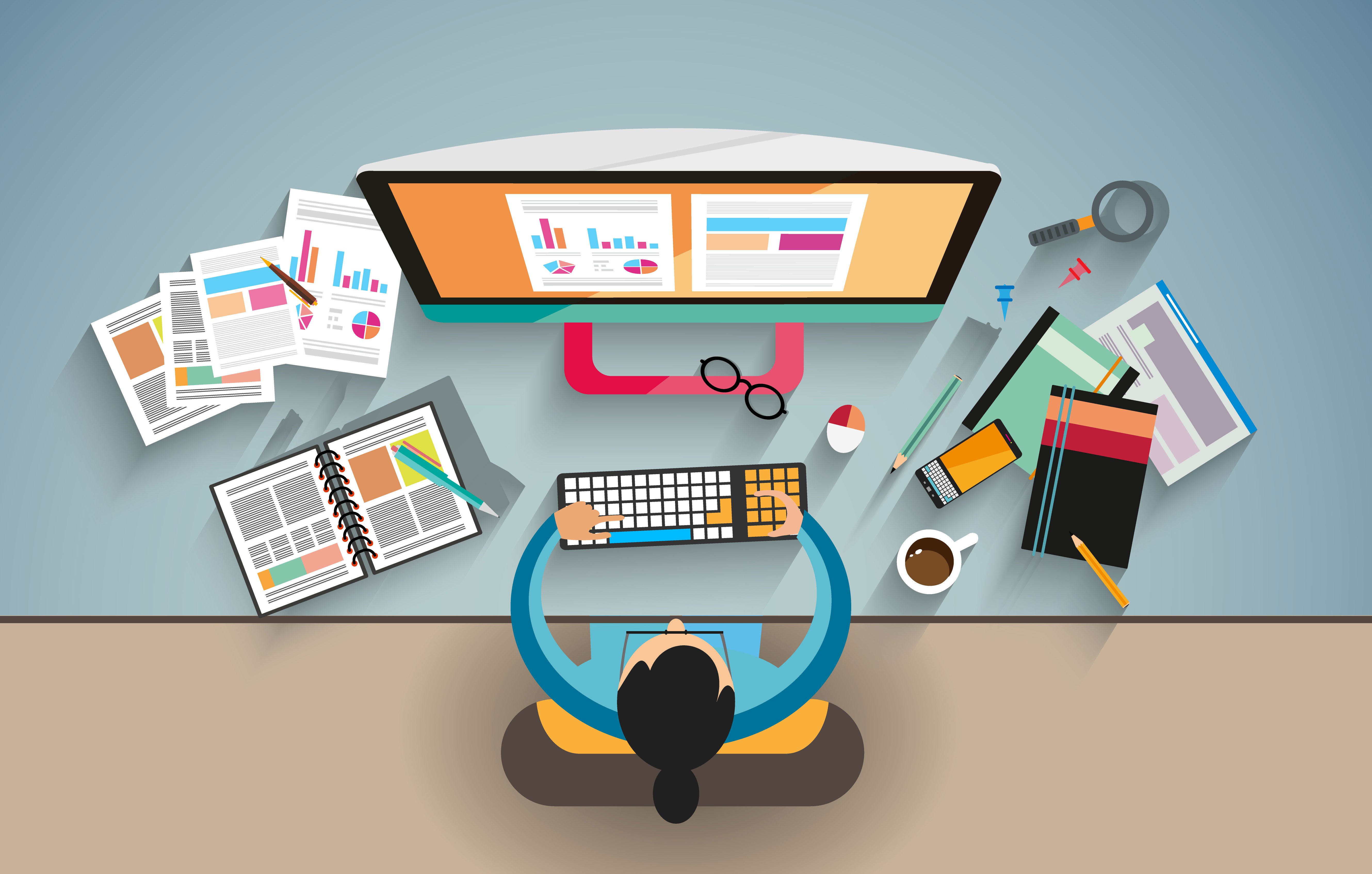Aligned Position Web Design: Building Responsive, Mobile-Friendly Websites for Modern Users
Aligned Position Web Design: Building Responsive, Mobile-Friendly Websites for Modern Users
Blog Article
The Finest Sorts Of Website Design to Improve Customer Experience and Involvement
In the ever-evolving landscape of digital interaction, the efficiency of Web layout significantly impacts user experience and interaction. Different design techniques, such as minimal, receptive, and interactive formats, each deal special benefits that can cater to varied individual requirements.
Minimalist Web Design
As digital landscapes end up being progressively cluttered, minimalist Web layout has actually become an effective strategy to boosting individual experience. This style approach focuses on simplicity, focusing on necessary aspects while getting rid of unneeded distractions. By making use of enough white area, simple navigation, and a limited color scheme, minimal design fosters quality and routes customer attention to crucial material.
The core principle of minimalist website design is to create a smooth communication for individuals. By reducing cognitive lots, individuals can swiftly grasp information without really feeling overwhelmed. This direct technique not only boosts use however also urges engagement, as site visitors are most likely to discover a site that is visually enticing and very easy to navigate.
In addition, minimalist style frequently stresses typography and images, using these aspects tactically to share messages efficiently. This concentrate on vital components can enhance brand name identity and produce a memorable individual experience. In significance, minimalist website design is not just a fad; it is a thoughtful methodology that identifies the value of user-centered style. By stripping away nonessential components, developers can create an extra engaging, effective, and delightful Web experience for all individuals.
Responsive Website Design
In today's varied electronic setting, receptive Web design has ended up being necessary for creating a seamless user experience across a wide range of gadgets. As users gain access to web sites on smart devices, laptops, desktops, and tablet computers, the capability of a site to adjust its format and web content to various screen sizes and resolutions is vital.
Responsive Web design uses adaptable grids, images, and CSS media queries to ensure that Web material is provided optimally, no matter the gadget used. This method not just boosts the aesthetic charm of a website yet likewise substantially enhances usability. Users are a lot more likely to involve with a website that provides a regular experience, as it removes the aggravation of needing to focus or scroll excessively.
By taking on responsive style, organizations can enhance their presence and reach a more comprehensive audience. In recap, receptive Web design is a basic practice that improves customer experience, engagement, and general satisfaction.
Interactive Website Design
Receptive Web design prepares for boosting customer experience, but interactive website design takes this an action better by engaging individuals in an extra dynamic method - Aligned Position Web Design. By integrating components such as animations, clickable prototypes, and real-time feedback, interactive Web design mesmerizes individuals, attracting them right into a richer surfing experience
This approach not only promotes involvement yet additionally urges customers to explore content actively instead of passively consuming it. Techniques such as gamification, where individuals gain rewards for completing tasks, can significantly boost the moment invested in a website and boost total fulfillment. Interactive attributes can streamline complicated info, making it much more pleasurable and absorbable.

Integrating interactive layout elements can additionally lead to greater conversion prices, as users are most likely to engage with a site that actively entails them. Aligned Position Web Design. Ultimately, interactive Web style changes user experiences into unforgettable trips, ensuring that visitors return time and once more
Flat Design
Defined by its minimalistic technique, level style highlights simpleness and capability, removing away unnecessary aspects and concentrating on essential features. This layout approach focuses on use, making certain that customers can browse user interfaces with convenience and efficiency. By using a tidy visual, level style gets rid of the mess frequently found in more ornate designs, consequently improving customer focus on web content and capability.
The characteristic of level style depends on its use of strong colors, easy typography, and geometric shapes. These Get More Information components add to Read Full Report a visually attractive interface that is both friendly and modern. In addition, level style promotes a sense of quality, enabling users to recognize essential activities and information without interruption.
Furthermore, level design is specifically efficient in responsive website design, as its simplicity converts well across various gadgets and display dimensions. The absence of intricate appearances and gradients decreases packing times, which is crucial for preserving user involvement. As digital landscapes remain to develop, level design continues to be an appropriate choice for producing user-friendly internet sites that enhance total experience. By concentrating on crucial functions, level layout not only satisfies customer requirements but likewise urges seamless interaction, making it a vital element of reliable website design techniques.
Adaptive Website Design
Adaptive website design customizes the customer experience by creating several taken care of formats customized to various display dimensions and devices. Unlike responsive design, which fluidly adjusts a single layout, adaptive style utilizes unique designs for details breakpoints, ensuring optimal presentation on various systems. This approach permits developers to concentrate on the one-of-a-kind characteristics of each device, you could look here boosting usability by delivering precisely what individuals need based on their context.
One of the primary advantages of adaptive website design is its capacity to maximize tons times and performance. By serving customized web content and pictures that fit the individual's device, sites can minimize information use and boost loading rates. This is especially helpful for individuals with slower connections or limited information strategies.

Furthermore, flexible design facilitates a much more constant and regulated branding experience. Considering that developers create numerous layouts, they can guarantee that the aesthetic components align with the brand's identification throughout various platforms - Aligned Position Web Design. This results in a natural customer experience, enhancing engagement and promoting user retention
Final Thought
Finally, the integration of minimalist, responsive, and interactive Web style concepts considerably boosts customer experience and engagement. Minimalist design promotes clearness and emphasis, while responsive style makes certain adaptability across various devices, promoting ease of access. Interactive layout captivates customers through dynamic aspects, motivating expedition and customization. Jointly, these style approaches add to the production of straightforward settings that not just boost satisfaction but also drive higher conversion rates, highlighting their important value in modern Web layout techniques.

Minimal layout cultivates clarity and focus, while responsive design guarantees versatility across different gadgets, advertising access. Jointly, these layout comes close to add to the production of user-friendly environments that not only enhance satisfaction but also drive greater conversion prices, emphasizing their critical value in modern Web layout approaches.
Report this page